Candy Maker: Dessert Games

Sneak Runner 3D

Julies Spring Fashion

Rainbow But Its Alphabet Lore
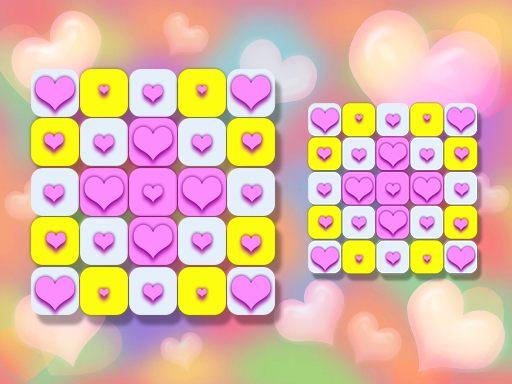
Dropz’n’Heartz!

Fish Jam

Slime Palette

45 Challenges Block Collapse

Penguin Ice Breaker
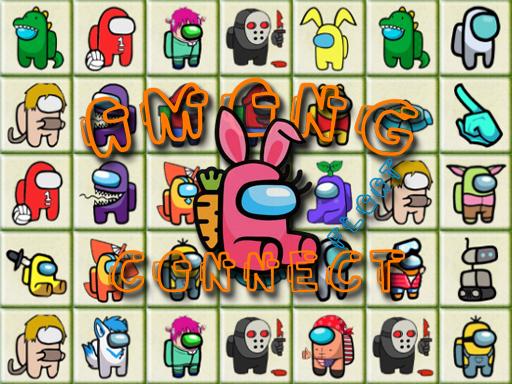
Among Float Connect
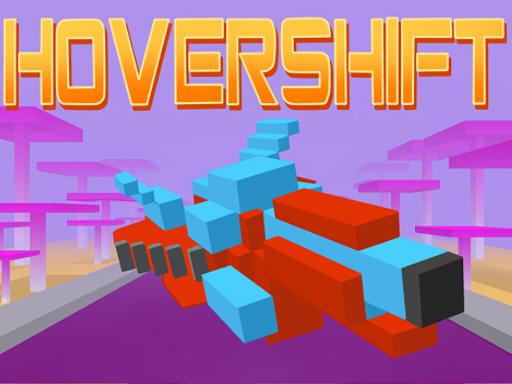
Hover Shift
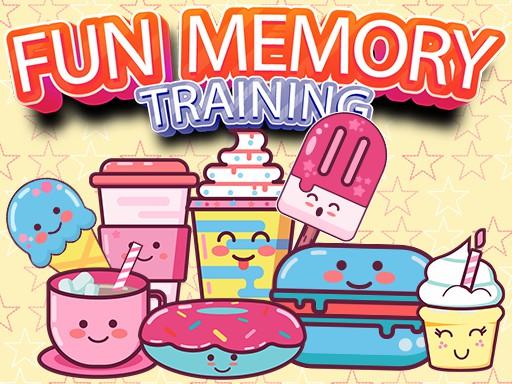
Fun Memory Training

Spill Wine
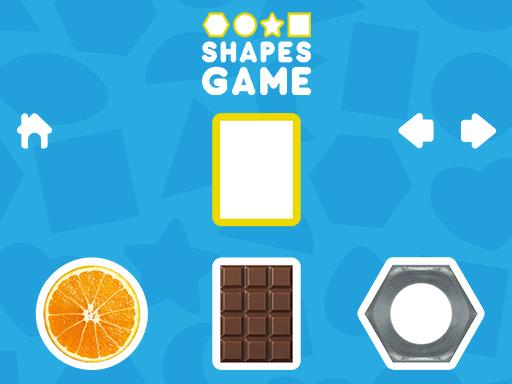
SHAPES
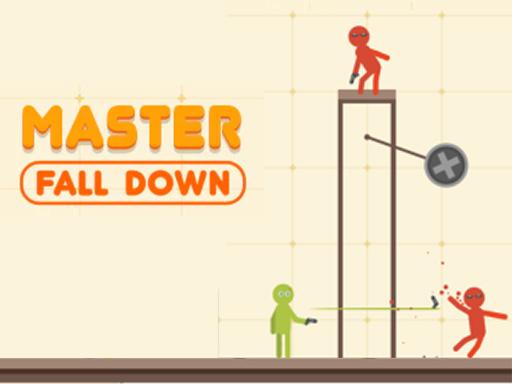
Master Fall Down
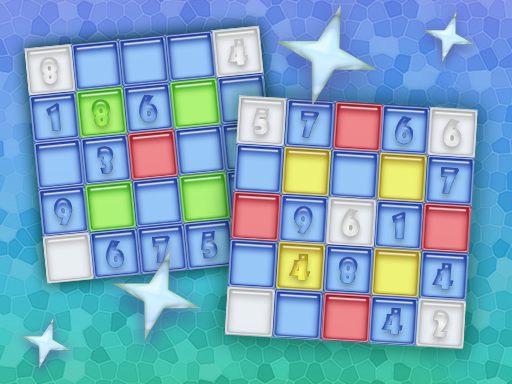
Digitz!
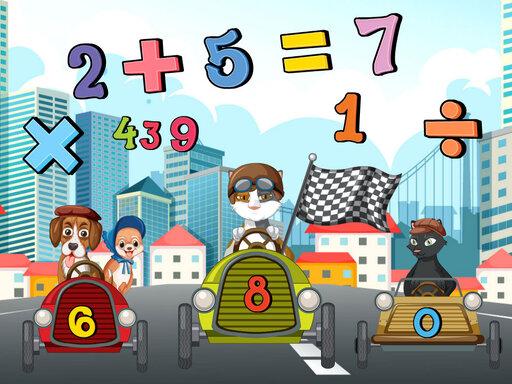
Math Memory Match

Rolling Blocks
Introduction to Shapes
Shapes is a versatile and educational game designed to enhance your understanding of geometric figures and spatial relationships in a fun, interactive way. Whether you are a child learning about shapes for the first time, an adult looking to refresh your basic geometry knowledge, or a fan of puzzle games, Shapes offers an engaging experience to help you identify, match, and manipulate different shapes in various levels and challenges.
In this article, we will explore the key features of the Shapes game, its gameplay mechanics, and how it can be both educational and fun. We will also provide some tips to help you succeed as you work through its various puzzles and challenges.
Game Overview
Shapes is a game that focuses on helping players recognize and interact with different geometric shapes. These can include basic shapes like squares, circles, and triangles, as well as more complex shapes like pentagons, hexagons, and irregular polygons. The game can include a variety of activities designed to test both your knowledge of shapes and your ability to manipulate them.
The game typically progresses through different levels, each with increasingly difficult challenges. It may involve matching, arranging, or fitting shapes together, or it may require players to solve puzzles by recognizing shapes based on their properties, such as angles, symmetry, or size.
How to Play Shapes
1. Identifying Shapes
One of the primary features of Shapes is helping players identify and learn the characteristics of various shapes. You may be shown different shapes on the screen and asked to select the correct name, description, or category they belong to.
- Basic Identification: Players may be presented with simple shapes like circles, squares, or triangles and must identify them based on their appearance.
- Advanced Identification: As the game progresses, you may encounter more complex shapes, including irregular polygons or 3D shapes like spheres and cubes.
2. Shape Matching
Another common gameplay feature is shape matching, where players need to match shapes with their counterparts or with similar characteristics. This can involve matching shapes with identical features or finding pairs of shapes that fit together in a certain arrangement.
- Basic Gameplay: You might be asked to drag and drop shapes to match them with their correct pair.
- Complex Matching: As the difficulty increases, shapes may be rotated, resized, or presented in different orientations, requiring more careful analysis to identify matches.
3. Shape Sorting and Categorizing
In some levels of Shapes, players are tasked with sorting shapes into specific categories based on their properties, such as their number of sides or symmetry. For example, you might need to place all the shapes with four sides into one group, or separate the regular polygons from the irregular ones.
- Sorting by Properties: Some challenges may ask you to categorize shapes based on the number of sides, angles, or symmetry.
- Increasing Difficulty: The game may add complexity by including 3D shapes or more intricate criteria for categorization.
4. Puzzle Solving
In later stages of the game, puzzles involving shapes are introduced. These puzzles may require you to arrange different shapes to fit into a designated space, complete a pattern, or solve a visual problem.
- Arranging Shapes: Players may be asked to arrange various shapes to fit them into a grid or fill a specific space.
- Completing Patterns: Some challenges might require completing a pattern by choosing the right shape to fill in the missing spot in a sequence.
5. Shape Transformation
As players advance, they may encounter challenges that involve transforming shapes, such as rotating, resizing, or flipping them to match a pattern or fit into a given space. These tasks test both spatial reasoning and an understanding of shape properties.
- Rotation and Reflection: You may need to rotate or reflect shapes to fit them into a particular arrangement.
- Scaling: In some challenges, you will need to resize shapes to match a certain area or fit within specific boundaries.
6. Timed Challenges
To increase the challenge, some levels of Shapes may introduce a time limit. Completing tasks quickly while maintaining accuracy adds an exciting, fast-paced element to the gameplay.
- Timed Puzzles: You may be given a set amount of time to match shapes or solve puzzles.
- Speed and Precision: Achieving high scores will depend on both how quickly and accurately you complete the tasks.
Key Features of Shapes
- Educational Gameplay: Shapes is designed to teach players about different geometric shapes, including their properties, names, and characteristics. It’s an excellent tool for improving basic geometry knowledge.
- Variety of Challenges: The game includes a wide range of challenges, from simple shape identification to more complex puzzles involving spatial reasoning and transformation.
- Progressive Difficulty: As players advance through the levels, the challenges become more difficult, introducing new concepts like 3D shapes, symmetry, and advanced sorting.
- Interactive and Engaging: The game is designed to keep players engaged with interactive elements like dragging and dropping shapes, rotating, and arranging them to solve puzzles.
- Kid-Friendly and Accessible: The game is suitable for players of all ages, especially young children, as it provides a simple, fun way to learn about shapes and spatial relationships.
- Visual and Audio Stimuli: Colorful visuals and pleasant sound effects keep the gameplay engaging and enjoyable, while also providing positive reinforcement as players complete challenges.
Tips for Success in Shapes
- Familiarize Yourself with Basic Shapes: Before diving into the more complex levels, make sure you’re comfortable with the basic shapes (circle, square, triangle, etc.) and their properties (number of sides, angles, etc.).
- Look for Patterns: Many of the puzzles and matching tasks will involve identifying patterns, so pay attention to how shapes are positioned or arranged.
- Use Spatial Reasoning: For puzzles involving the arrangement of shapes, think about how shapes fit together. Visualizing the shapes in your mind can help you solve these puzzles more efficiently.
- Practice Rotation and Scaling: As the game progresses, you may need to rotate or scale shapes. Practice these actions to better understand how transformations affect the shapes and how to fit them together.
- Don’t Rush: While some levels may be time-limited, try not to rush through the game. Take your time to carefully consider each challenge and use your spatial reasoning skills.
- Learn from Mistakes: If you make a mistake, take note of it and use it as an opportunity to improve. Each error is a chance to better understand the shape properties and improve your performance in future levels.
Conclusion
Shapes is a fun and educational game that offers a range of challenges for players of all ages. By incorporating various types of puzzles, from shape matching to spatial reasoning, it helps players improve their geometric understanding, memory, and cognitive skills. Whether you’re a student learning geometry or someone who enjoys puzzle games, Shapes is a great way to develop your spatial reasoning skills while having fun.
With its progressive difficulty and interactive gameplay, Shapes is not just a game, but a fun way to learn about geometry and improve your problem-solving abilities. Try it out today, and see how much your understanding of shapes can grow!
Instructions
Drag the object with the correct geometric shape.

Masks Heroes Racing Kid
Hammer Master-Craft & Destroy!

Dropz’n’Heartz!

45 Challenges Block Collapse

Julies Spring Fashion

Candy Maker: Dessert Games

Among Float Connect

Master Fall Down

Fun Memory Training

Hover Shift

Penguin Ice Breaker

Slime Palette

Digitz!

Rainbow But Its Alphabet Lore

Sneak Runner 3D

Fish Jam
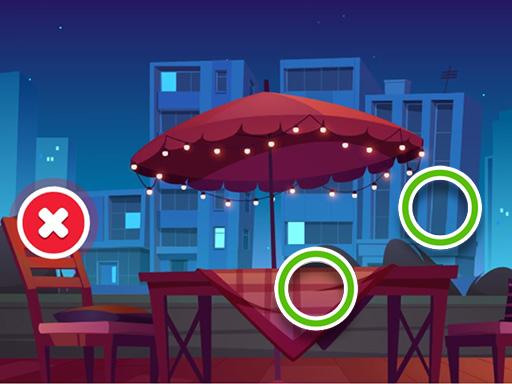
Picture Puzzles


